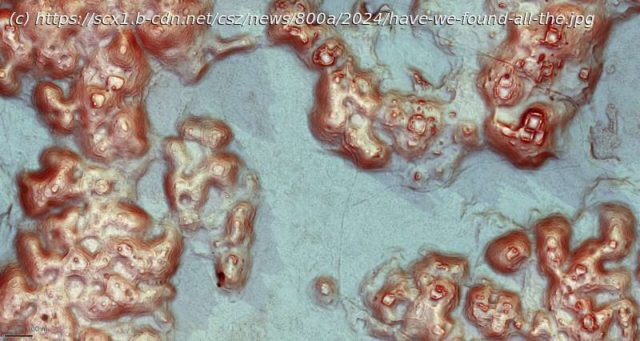Archaeologists using laser-sensing technology have detected what may be an ancient Mayan city cloaked by jungle in southern Mexico, authorities said Wednesday.
Archaeologists using laser-sensing technology have detected what may be an ancient Mayan city cloaked by jungle in southern Mexico, authorities said Wednesday.
The lost city, dubbed Valeriana by researchers after the name of a nearby lagoon, may have been as densely settled as the better-known pre-Hispanic metropolis of Calakmul, in the south part of the Yucatan peninsula.
What the study, published this week in the journal Antiquity, suggest is that much of the seemingly empty, jungle-clad space between known Maya sites may once have been very heavily populated.
«Previous research has shown that a large part of the present-day state of Campeche is a landscape that was transformed by its ancient inhabitants», said Adriana Velázquez Morlet of Mexico’s National Institute of Anthropology and History, a co-author of the report. «Now, this study shows that a little-known region was a urbanized landscape.»
Mexico’s National Institute said about 6,479 structures have been detected in LiDAR images covering an area of about 47 square miles (122 square kilometers).
Домой
United States
USA — IT Scientists detect traces of an ancient Mayan city in southern Mexico using...






